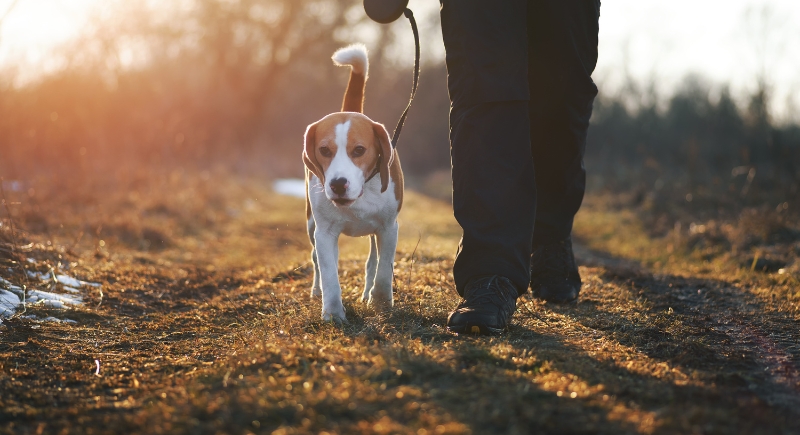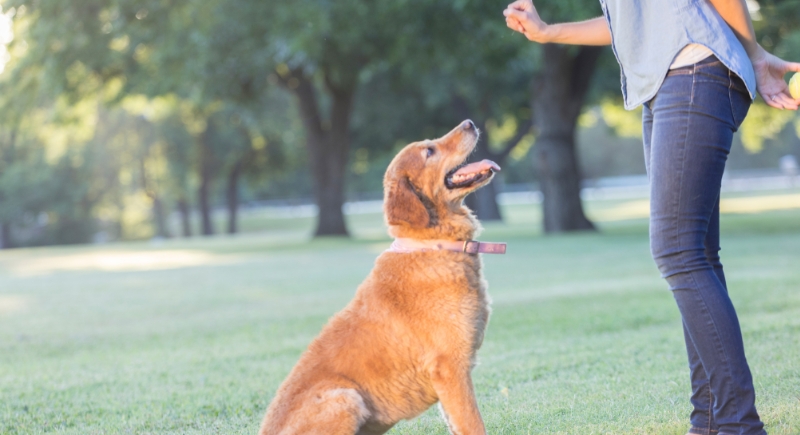What Happens If You Don’t Take Your Dog on Daily Walks
Skipping your dog’s daily walk doesn’t just mean they’ll pout at the door. Regular walks support your dog’s mental sharpness, behavior, digestion, and more. Missing them too often can stir up a surprising list of issues, both for the dog and, honestly, your furniture. Here’s what really happens when those walks stop happening.
Energy Builds Up

Credit: pexels
When dogs can’t burn off steam outdoors, they find creative ways to do it indoors. This involves treating the hallway like a racetrack or playing a game of tug-of-war with your favorite shoe. It’s simple physics: energy has to go somewhere, and your living room usually takes the hit.
They Start Losing Muscle and Gaining Weight

Credit: Getty Images
Exercise helps maintain muscle tone and keeps weight in check. Dogs who skip their daily walks for too long can begin to lose muscle mass, particularly in their legs and hips. Meanwhile, the treats keep coming, and the scale tips up. Obesity in dogs also often increases the risk of illnesses.
Behavior Around Other Dogs Gets Weird

Credit: Canva
Have you ever noticed how leash manners tend to slip after a week of no walks? Dogs need regular exposure to other dogs to maintain their social skills. Without practice, they may start barking at harmless dogs or stiffen up when one passes.
Walks Help Regulate Bathroom Habits

Credit: Getty Images
Physical movement helps stimulate the digestive tract, which is why dogs who don’t get outside often enough may deal with constipation or accidents. Holding it in for too long also stresses the bladder, and in older dogs, that can lead to urinary tract trouble down the line.
Mental Stimulation Takes a Dive

Credit: Canva
Dogs use their noses the way humans use their eyes, so a walk also serves as a sensory adventure. Without that stimulation, dogs can get mentally stagnant. Enrichment toys help, but they can’t fully replace the ever-changing information the outdoors delivers on every walk.
Confidence Around New Things Slips

Credit: Getty Images
A leaf blower might seem harmless, but for an under-walked dog, it can be terrifying. Dogs build resilience through low-stakes exposure to unusual sounds, strangers, traffic, and unexpected events. Regular walks act as their life orientation. Novelty eventually becomes intimidating—and that’s when you start seeing anxiety.
Training Progress Gets Stuck

Credit: Getty Images
Training doesn’t end at “sit” and “stay,” and walks provide real-world settings to reinforce commands. Practicing commands in different environments, even for a few minutes a day, helps solidify those lessons for good.
Separation Anxiety May Get Worse

Credit: pexels
Regular walks help reduce tension and make alone time easier for your dog. Without that outlet, stress builds up and can turn into destructive behaviors when you leave. A consistent walking routine builds calm energy and can reduce the emotional build-up that leads to separation anxiety episodes.
Sleep Quality Can Dip

Credit: pexels
Physical activity during the day helps dogs rest better at night. If they don’t get that daily walk, many dogs stay restless or become active at inconvenient hours, like when you’re winding down. You might notice more nighttime pacing or early morning barking.
They Miss Out on Simple Joy

Credit: Getty Images
Dogs genuinely enjoy going for walks. When the leash comes out, their whole body lights up. Missing walks too often can dull their overall mood and enthusiasm. A walk might only take 20 minutes, but for a dog, that could be the highlight of the day.